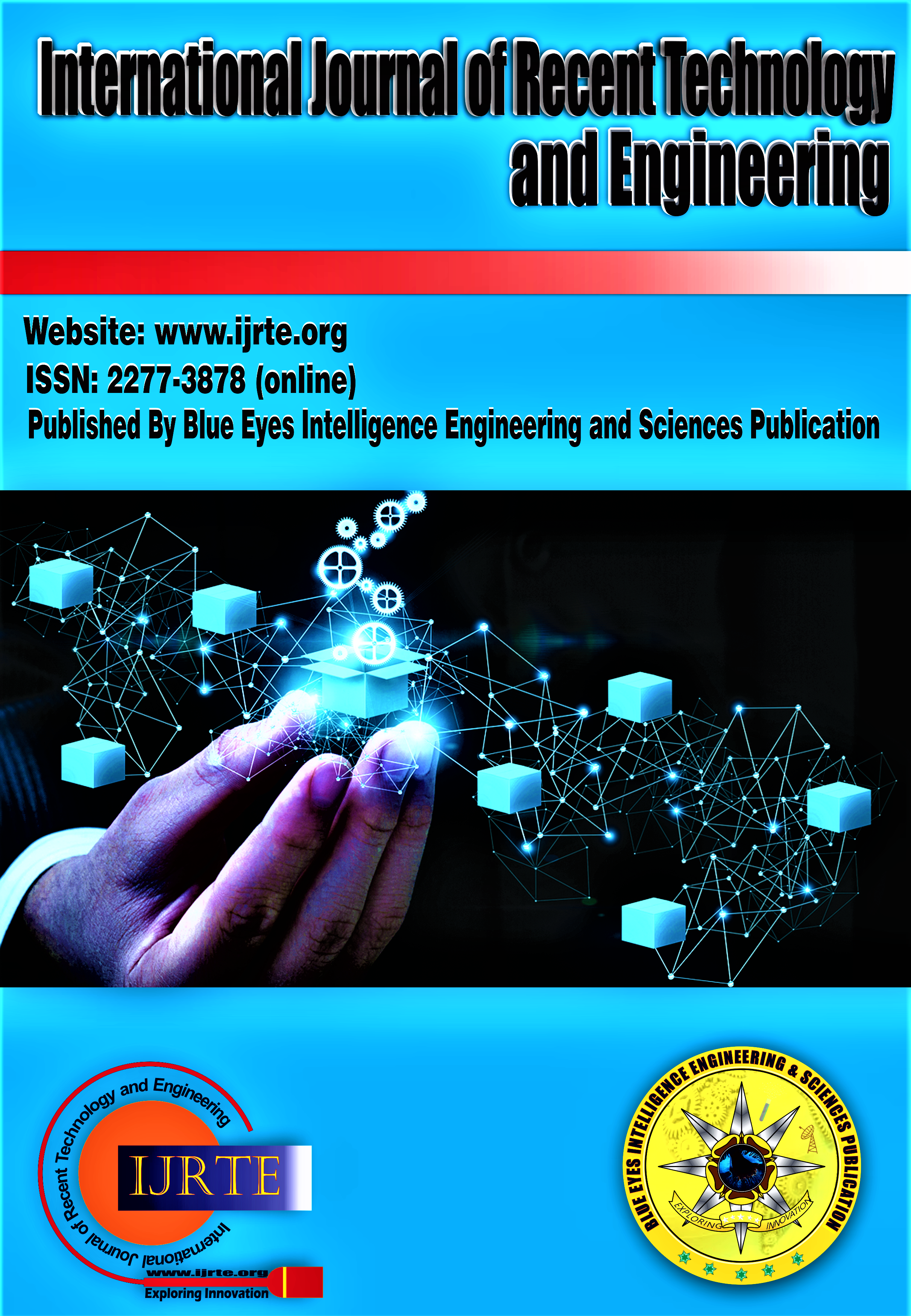Autonomous Robot Navigation in Known Environment
Main Article Content
Abstract
Autonomous robot navigation is one of the challenging researched topic in robotics. A secure and optimal path in known environment is required for any mobile robot navigation for navigation purpose. In this work, a Simulink model is proposed based on Pure Pursuit and path following controllers for solving the problem of mobile robot navigation in a known environment is presented. Pure Pursuit controller is used to find the linear and angular velocities of the robot. Moreover, (x, y) coordinate position of robot and waypoints are input to the pure pursuit block. Velocity commands are sent to drive robot on the given path. The main aim of the proposed mod el is to find the obstacle free path for the mobile robot navigation. However, the robot is to navigate from start to target location without hitting obstacles. For experimental results, Turtle Bot Gazebo simulator is used. “Robotic system Toolbox” of the MATLAB is used to program the navigation process.
Downloads
Article Details
Section

This work is licensed under a Creative Commons Attribution-NonCommercial-NoDerivatives 4.0 International License.
How to Cite
References
N. Kumar, Z. Vamossy, and Z. M. S. Resch, “Robot path pursuit using probabilistic roadmap,” in 2016 IEEE 17th International Symposium on Computational Intelligence and Informatics (CINTI), Nov 2016, pp.000 139–000 144.
N. S. N. Buniyamin, W.A. J. Wan Ngah and Z. Mohamad, “A simple local path planning algorithm for autonomous mobile robots,” INTER- NATIONAL JOURNAL OF SYSTEMS APPLICATIONS, ENGINEERING & DEVELOPMENT, vol. 2, pp. 151–159, 05 2011.
E. G. Martinez-Soltero and J. Hernandez-Barragan, “Robot navigation based on differential evolution,” International Federation of Automatic Control, vol. 51, no. 13, pp. 350 – 354, 2018. [Online]. Available: http://www.sciencedirect.com/science/article/pii/S2405896318310565
O. F. S. Bartkevicius, A. Knys, A. Derviniene, G. Dervinis, V. Raudonis, A. Lipnickas, V. Baranauskas, K. Sarkauskas, and L. Balasevicius, “Mobile robots navigation modeling in known 2d environment based on petri nets,” Intelligent Automation and Soft Computing, pp. 1–7, 2017. [Online]. Available: https://doi.org/10.1080/10798587.2016.1264695
F. Kosser and N. Kumar, “Robot navigation and path planning techniques challenges: A review,” International Journal of Electronics Engineering, vol. 11, pp. 115–125, 06 2019. [Online]. Available: http:// www.csjournals.com/?p=2816
I. M. Imen Hassani and C. Rekik, “Robot path planning with avoiding obstacles in known environment using free segments and turning points algorithm,” Mathematical Problems in Engineering, no. 13, 2018.
C. J. C. Lucas da Silva Assis, Anderson da Silva Soares and J. V. Baalen, “An evolutionary algorithm for autonomous robot navigation,” Procedia Computer Science, vol. 80, pp. 2261 – 2265, 2016. [Online]. Available: http://www.sciencedirect.com/science/article/pii/S1877050916308808
J. Freeman and S. Surendran, “Remote monitoring of indoor environ- ment using mobile robot based wireless sensor network,” Advances in Robot Navigation, 08 2011.
Duchon, H. Frantisek, D. Dominik, B. Martin, and Andrej, “Optimal navigation for mobile robot in known environment,” Applied Mechanics and Materials, vol. 282, pp. 33–38, 01 2013.
N. O. E. F. L.-C. A. S. A. d. C. Marco Pala and J. Garrido, “Hctnav: A path planning algorithm for low-cost autonomous robot navigation in indoor environments,” ISPRS International Journal of Geo-Information, pp. 729–748, 8 2013.
N. Kumar, Z. Va´mossy, and Z. M. Szabo´ -Resch, “Heuristic approaches in robot navigation,” in 2016 IEEE 20th Jubilee International Conference on Intelligent Engineering Systems (INES), June 2016, pp. 219–222.





